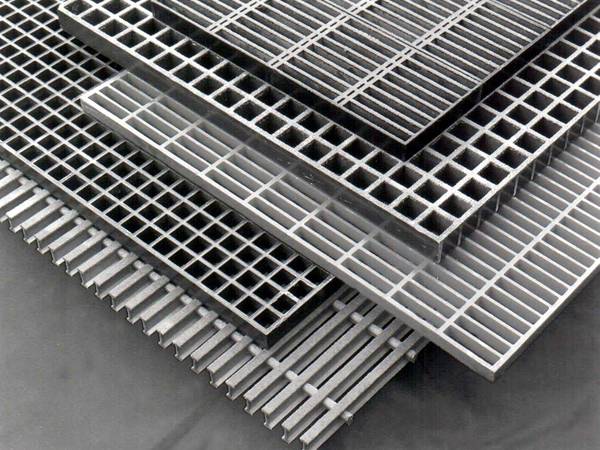-
+86 15030157877
-
sales@galvanizedmetalmesh.com
Jul . 31, 2024 13:15 Back to list
Exploring the Versatility and Applications of Steel Angle Bars in Construction and Engineering
Understanding Steel Angle Bars Properties, Uses, and Benefits
Steel angle bars, often referred to simply as angle bars or angle irons, are essential components in construction and manufacturing industries worldwide. These versatile pieces of steel are shaped like an “L” and are typically available in a variety of sizes and specifications. Understanding their properties, uses, and benefits can illuminate their critical role in structural integrity and design.
Properties of Steel Angle Bars
Steel angle bars are produced from high-quality carbon or stainless steel, making them robust and durable. Their cross-section, shaped like an L, provides significant strength and stability, which makes them ideal for various applications. The angles of the bars are usually measured in inches or millimeters and can vary in thickness, length, and width, allowing for great flexibility in design purposes.
One notable property of steel angle bars is their high tensile strength, making them resistant to deformation under heavy loads. This characteristic is crucial in construction, where structural components must support significant weight and withstand external forces, such as wind or seismic activity. Additionally, steel angle bars can be easily welded, bolted, or riveted, facilitating their integration into a wide array of construction processes.
Common Applications
Steel angle bars are used in a multitude of applications across different industries. In construction, they serve as brackets, frames, and support structures for buildings, bridges, and other infrastructures. Their ability to bear weight makes them excellent choices for scaffolding and as part of the structural supports in pre-engineered buildings.
Manufacturers also utilize steel angle bars in machine assemblies due to their rigidity and ease of fabrication. They are employed in creating fixtures, tool holders, and conveyor systems. Furthermore, their applications extend to the automotive industry, where they help construct vehicle frames and support systems.
steel angle bar

Additionally, in the agricultural sector, steel angle bars are utilized to build barn structures, storage facilities, and fencing systems due to their corrosion resistance, especially when treated with protective coatings. The versatility of steel angle bars allows them to adapt to various needs, which is why they remain a staple in construction and manufacturing.
Benefits of Steel Angle Bars
One of the primary benefits of steel angle bars is their cost-effectiveness. Their strength-to-weight ratio allows for lightweight designs without compromising durability, meaning builders can erect stable structures without incurring high material costs. Moreover, their adaptability to various methods of attachment (like welding and bolting) further reduces labor expenses.
Another significant advantage is the longevity of steel angle bars. When properly treated and maintained, they have a long lifespan, making them an economical choice for projects requiring longevity and minimal maintenance. The corrosion-resistant variants, particularly stainless steel angle bars, are ideal for environments exposed to moisture, chemicals, or harsh weather conditions.
From an environmental perspective, steel can be recycled without losing its properties, making angle bars a more sustainable option when considering material waste and scarcity issues. Thus, using steel angle bars contributes positively to sustainable construction practices.
Conclusion
Steel angle bars are indispensable in modern construction and manufacturing, possessing properties that ensure durability, stability, and versatility. Their applications range widely, affirming their importance across several industries, from building frameworks to agricultural structures. With their cost-effectiveness and sustainability attributes, steel angle bars continue to be a favored choice among architects, engineers, and builders worldwide. As technology advances, the potential for new applications and innovations related to steel angle bars only continues to grow, ensuring their relevance for years to come.
-
Premium Welded Gabion Mesh | Robust & Eco-Friendly
NewsJul.31,2025
-
Premium Eco-Friendly Roof Tiles | Affordable & Durable
NewsJul.31,2025
-
Premium Roof Tiles for Durable & Stylish Roofing Solutions
NewsJul.30,2025
-
High-Quality Roof Tiles for Durable & Stylish Roofing Solutions
NewsJul.29,2025
-
High Quality Square Wire Mesh Manufacturer & Supplier for Wholesale
NewsJul.29,2025
-
Premium Roof Tiles for Durable & Stylish Roofing Solutions
NewsJul.29,2025



